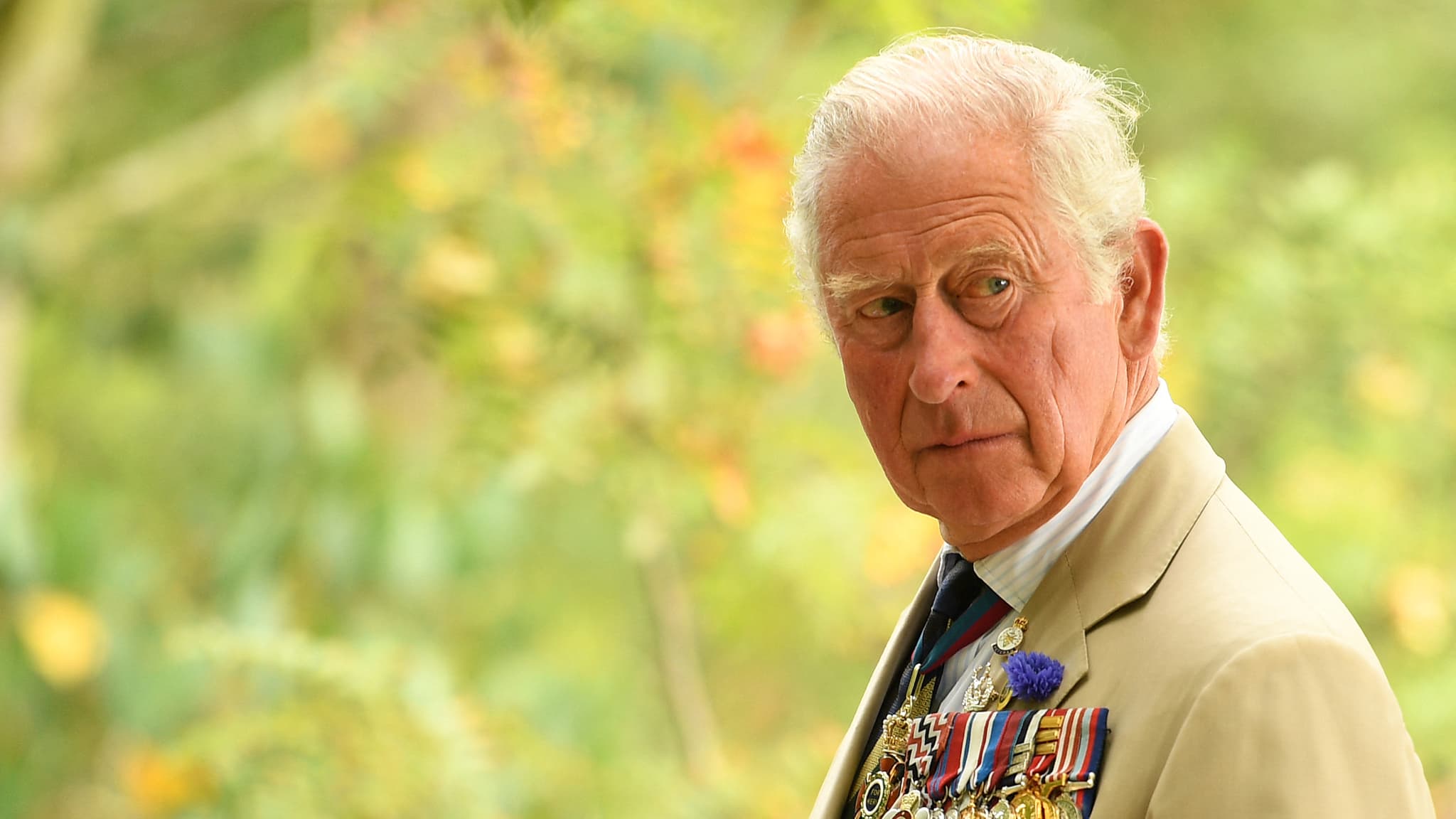The Heritage Days have existed since 1984 and allow the publicaccess to heritage wealth through unusual meetings and visits in the 50 participating countries.
Several thousand buildings (museums, monuments, religious buildings, theaters, shops, shops, gardens or cemeteries, etc.), open their doors for free or at reduced prices to share your story with the public. This is the perfect time to discover places that are often closed to civilians.
40 years of European and international success
The first edition of the European Heritage Days, which at the time was called “Open days in historical monuments.” took place on September 23, 1984 at the initiative of the Ministry of Culture.
The following year, on October 3, 1985, Minister Jack Lang proposed that the event becomes european. “national heritage days” would be its new name in 1992. In 1993, some thirty European countries joined the event offering to visit more than 26,000 monuments.
As of the year 2000, the list extends to 40 European countries, one of which becomes an international cultural event and Catherine Tasca, the Minister of Culture will change the name of the event on this occasion to “european heritage days(or Heritage Days).
In 2010, more than 50 states will also host the manifestation.
50,000 citations in Europe
The European Heritage Days have aroused such enthusiasm among the public since 1985 that they are one of the most celebrated cultural events in Europe. With more than 50,000 events organized every yearhalf of which take place in France, followed by the UK.
After celebrating sustainable heritage last year, we celebrate living heritage with flamenco in Andalusia, the Binche carnival in Belgium or even the pysanka which is the manual decoration of Ukrainian eggs… All the traditions that are transmitted from one generation to another..
Presentation of heritagealive” AND “sports“
The Heritage “alive“They are the practices, expressions, knowledge and knowledge that are transmitted from one generation to another, such as songs, dances, rituals, parties… These interactions are usually associated with objects or places. The theme coincides with 20 years safeguarding UNESCO’s intangible cultural heritageadopted in October 2003.
The Heritage “sport” is honored this year in the perspective of Olympic and Paralympic Games 2024 with the evolution of sports practices.
Exceptionally, stadiums, swimming pools, tennis courts, ice rinks, and racetracks will open their doors to the public to discover behind the scenes the preparation and reception centers for top-level athletes through themed visits.

“Troublemaker. Typical travel fan. Food fanatic. Award-winning student. Organizer. Entrepreneur. Bacon specialist.”







